Saudi Arabia
#1 Religion
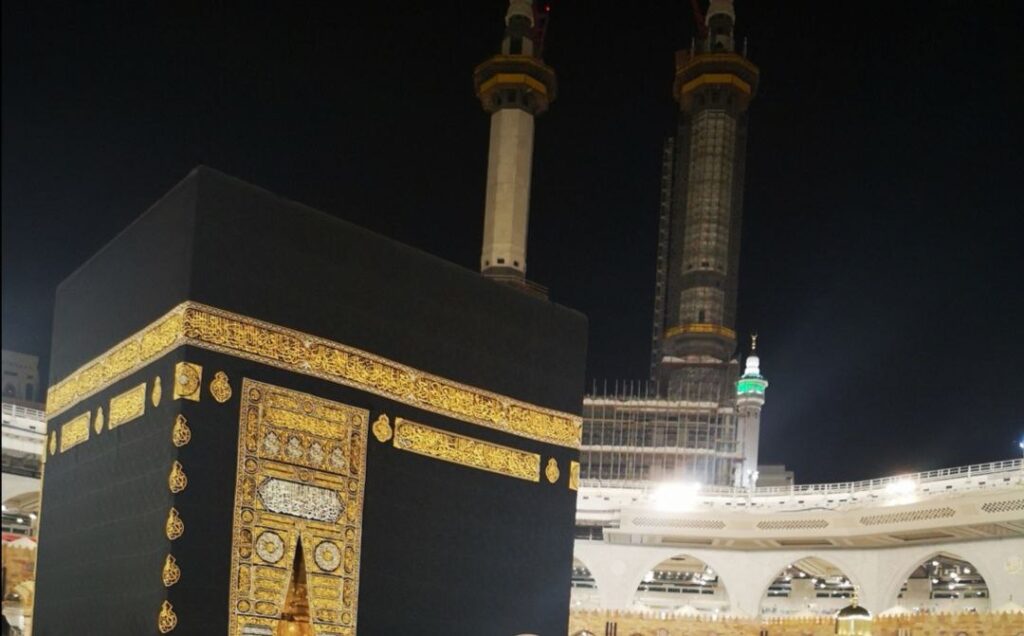
In Saudi Arabia, the main religion is Islam. Most people in the country are Muslims, which means they follow the teachings of the Islamic faith. Mosques are important places of worship, and practices such as fasting during Ramadan and praying five times a day are common.
#2 Language

In Saudi Arabia, the main language spoken is Arabic. It’s the official language used in government, schools, and everyday conversations. While there are many different dialects of Arabic spoken across the country, Modern Standard Arabic is commonly used in formal settings and written communication.
#3 Currency
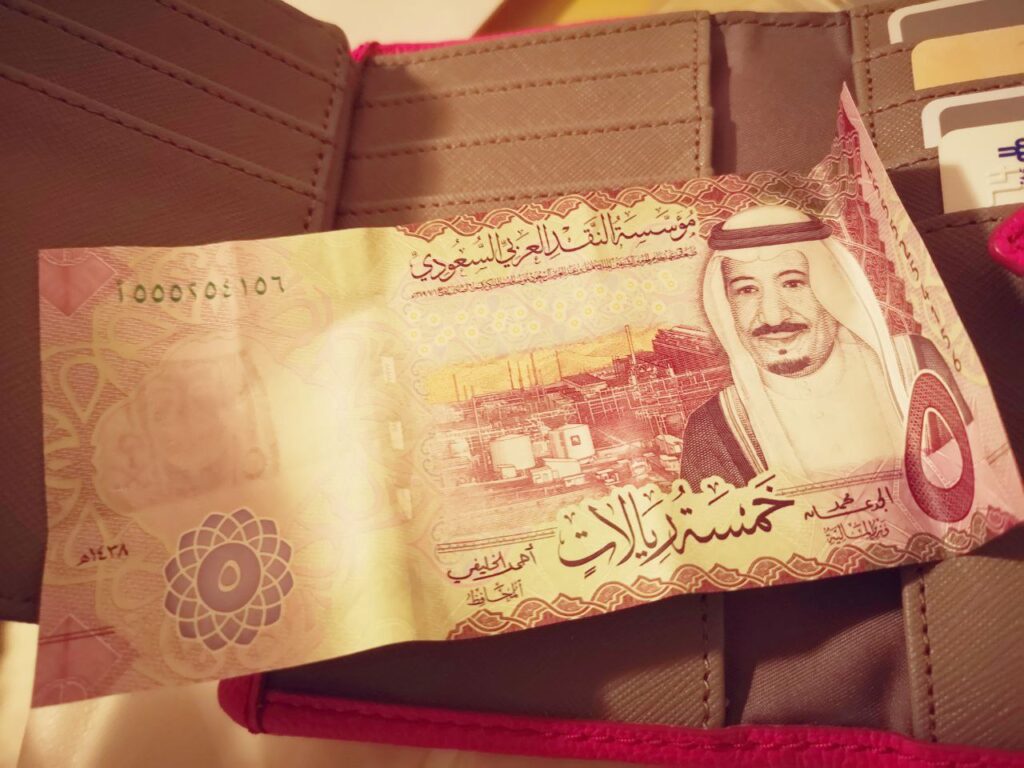
In Saudi Arabia, the currency used is called the Saudi Riyal. It’s abbreviated as SAR. Just like dollars or euros, Riyals are used to buy things and trade goods in the country.
#4 Flag
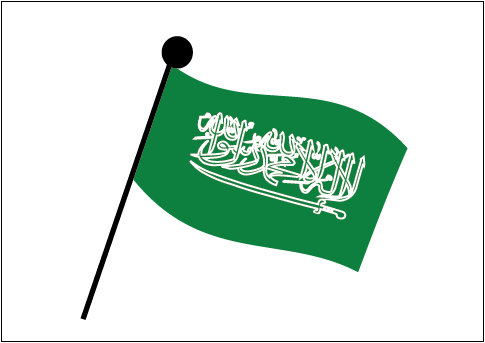
The flag of Saudi Arabia is simple and distinctive. It consists of a green field with the Islamic creed, called the Shahada, in white text. The Shahada is the declaration of faith in Islam. It says: “There is no god but Allah, Muhammad is the messenger of Allah.” This phrase is written in Arabic script and is centered horizontally across the flag, with a sword underneath. The green color symbolizes Islam and the country’s prosperity, while the white represents purity and peace.
#5 Climate

In Saudi Arabia, the climate is mostly hot and dry. It’s typical for the country to have long, scorching summers with temperatures often reaching very high levels, sometimes exceeding 45°C (113°F). Winters are generally milder, but still warm during the day and cooler at night. Rainfall is minimal and mostly occurs in the western and southwestern regions, while other areas are mostly arid desert.
#6 System Of Gov

In Saudi Arabia, the system of governance is a monarchy. This means the country is ruled by a king who has the ultimate authority over the government and its people. The king’s decisions and laws are influenced by Islamic law, known as Sharia, and the country follows a legal system based on this religious framework. The king appoints government officials and has the power to make important decisions for the country, with the support of advisory bodies and religious authorities.
#7 National Day

Saudi Arabia’s National Day is a celebration of the country’s unification, which occurred on September 23, 1932. On this day, people in Saudi Arabia commemorate the establishment of the modern Saudi state by King Abdulaziz Al Saud. The National Day is marked with various festivities, including fireworks, cultural events, parades, and public celebrations across the country. It’s a time for Saudis to show pride in their nation’s history, culture, and achievements.
#8 Number Of Province
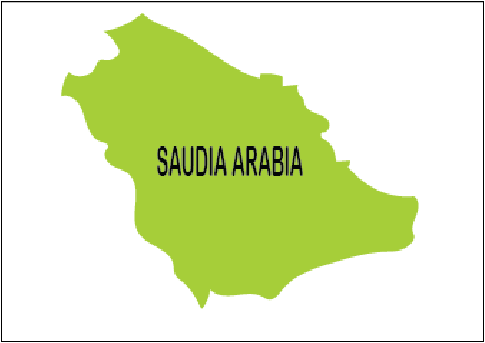
Saudi Arabia is divided into 13 provinces. Each province has its own governor and administrative structure to manage local affairs and services. These provinces include areas such as Riyadh, Mecca, Medina, Eastern Province, and others.
#9 Traditional Food
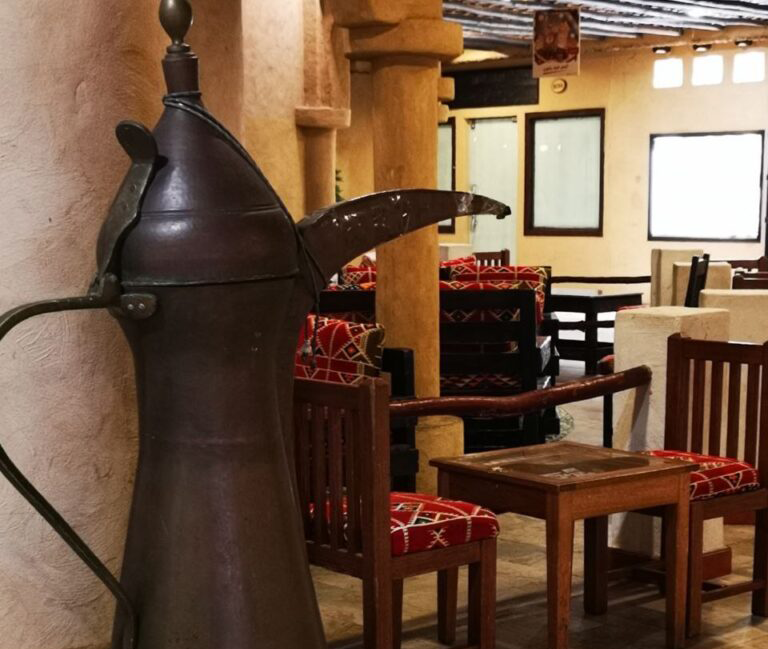
In Saudi Arabia, dates and coffee are cherished traditions. Dates, sweet fruits from palm trees, symbolize hospitality and are often offered to guests as a welcoming gesture. Coffee, brewed with special beans and often flavored with cardamom, is served in small cups and shared as a sign of respect and friendship.
#10 Traditional Clothes
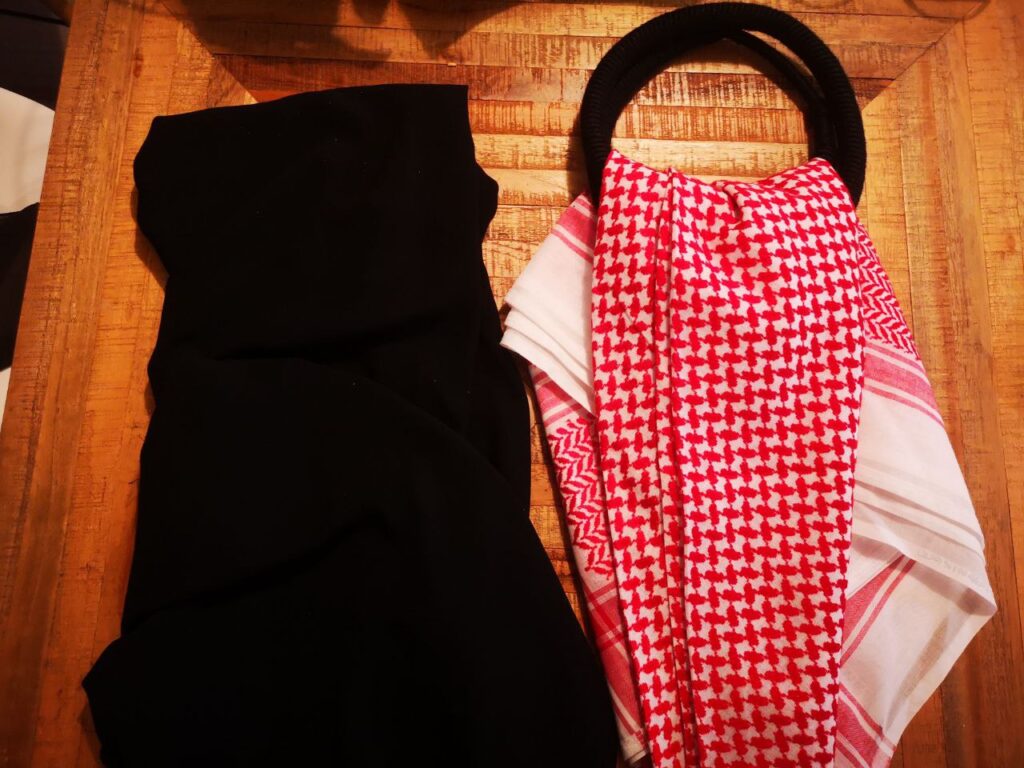
Thobe: A long, loose-fitting robe worn by men. It’s typically white, but can also be found in other colors, and is often worn with a headscarf called a ghutra or shemagh, and a corded headdress called an igal.
Abaya: A long, black cloak worn by women to cover their regular clothing in public. It’s usually worn with a headscarf called a hijab.

